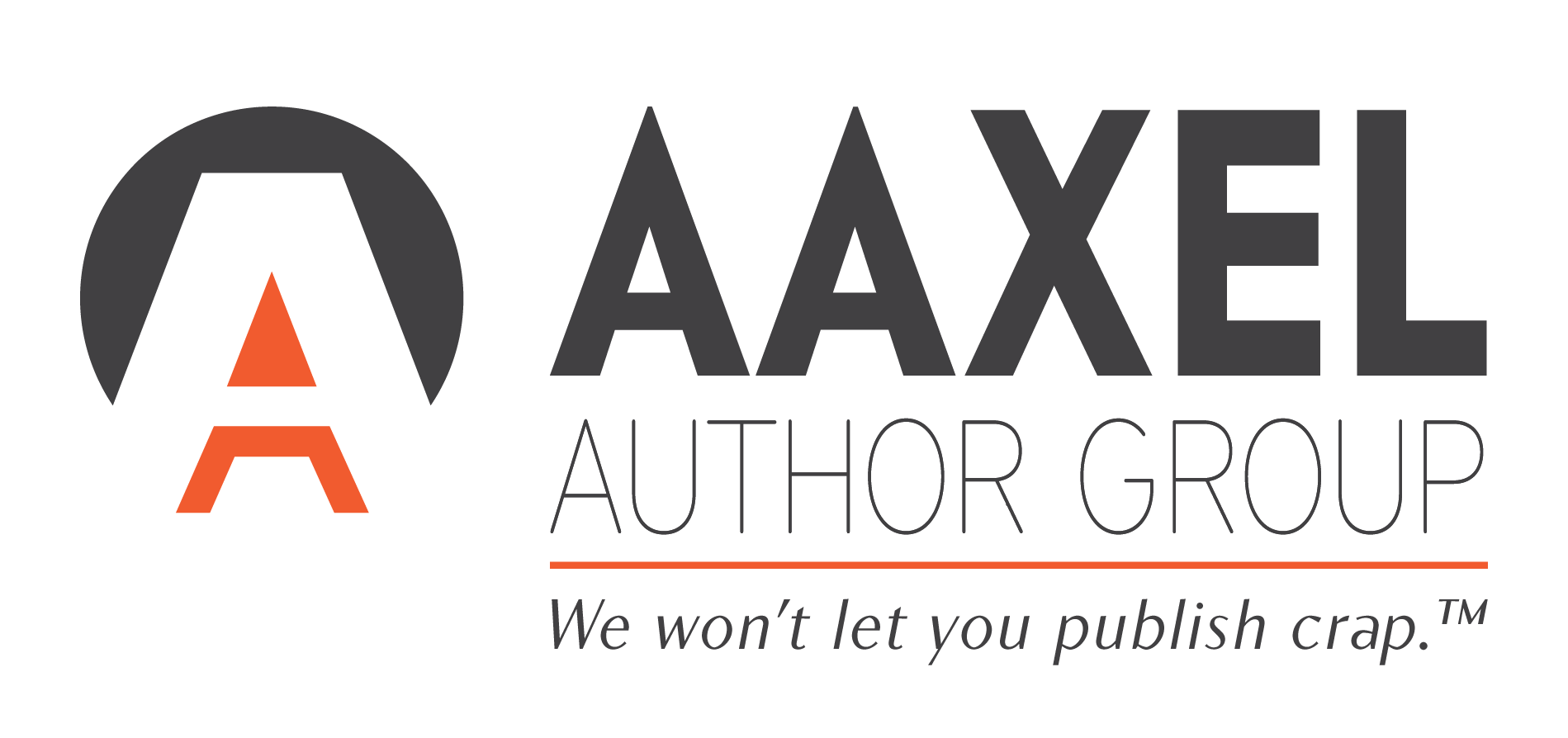The Different Types of Editing
At some point while writing your book, editing has probably crossed your mind. There are actually three different types of editing, and in this post we will go over each of them to help you better clarify your path moving forward on your publishing journey. Who knows, you might already use these skills as you create your story.
Developmental Editing
Developmental editing is the “big picture” method of editorial work. Here, the focus is plot holes, dialogue, pacing, and more. During this phase, your manuscript will undergo alterations that benefit the story, both plot-wise and structurally. Overall, it will address the character of your story and how it impacts the targeted audience. For example, your developmental editor will focus on your main characters’ goals and map how they transform as people based on these goals over the course of the whole story. Additionally, your developmental editor can help point out areas in the story where the primary narrative needs to be fleshed out or brought to the forefront. By editing your work in these ways, the developmental editing will assist you in tying your world together as a whole. This style of editing improves upon the elements of your work prior to copyediting.
Copyediting
Copyediting is the review before the final review. With this form of editing, any errors in spelling, grammar, and formatting are addressed. Also, any redundancies and inconsistencies in syntax, tense, and inaccurate facts and statements are all corrected. For example, let’s say your manuscript begins in present tense, but after a couple of pages randomly switches to past tense, and later returns to present tense. Or, if you write in first person point of view but mistakenly drift into third person. The copyediting process will verify that these were unintentional and will proceed with corrections. This phase of editing polishes up your work to move forward into the proofreading step.
Proofreading
Proofreading is the last part of the editing process. Your proofreader will read your entire manuscript once it’s been finalized , and double-check for any grammatical, punctuation and spelling issues. If you haven’t had a copyedit, and the proofreader notices too many errors that would have been corrected in the previous phase of editing , your manuscript might be returned to you to address those errors. If there aren’t, then the proofreader will give your manuscript that final polish before the publishing process begins..
Now, one of the most common questions we get here at the Aaxel Author Group is: What level of editing does my manuscript need? If you have never had another pair of eyes look at your manuscript, a developmental edit might not be a bad idea, but we have also seen some superb manuscripts that don’t require this phase of editing. Thankfully, we have an easy way for you to answer that question: Our manuscript evaluation promotion!
Send us the first ten pages (or any 10 pages) of your manuscript, and you will receive a detailed assessment—all for just $47! Plus, you’ll get a 10% discount on a full manuscript evaluation. Click here to learn more.
Is your manuscript already polished and you’re ready to publish?
Contact us to get started!
